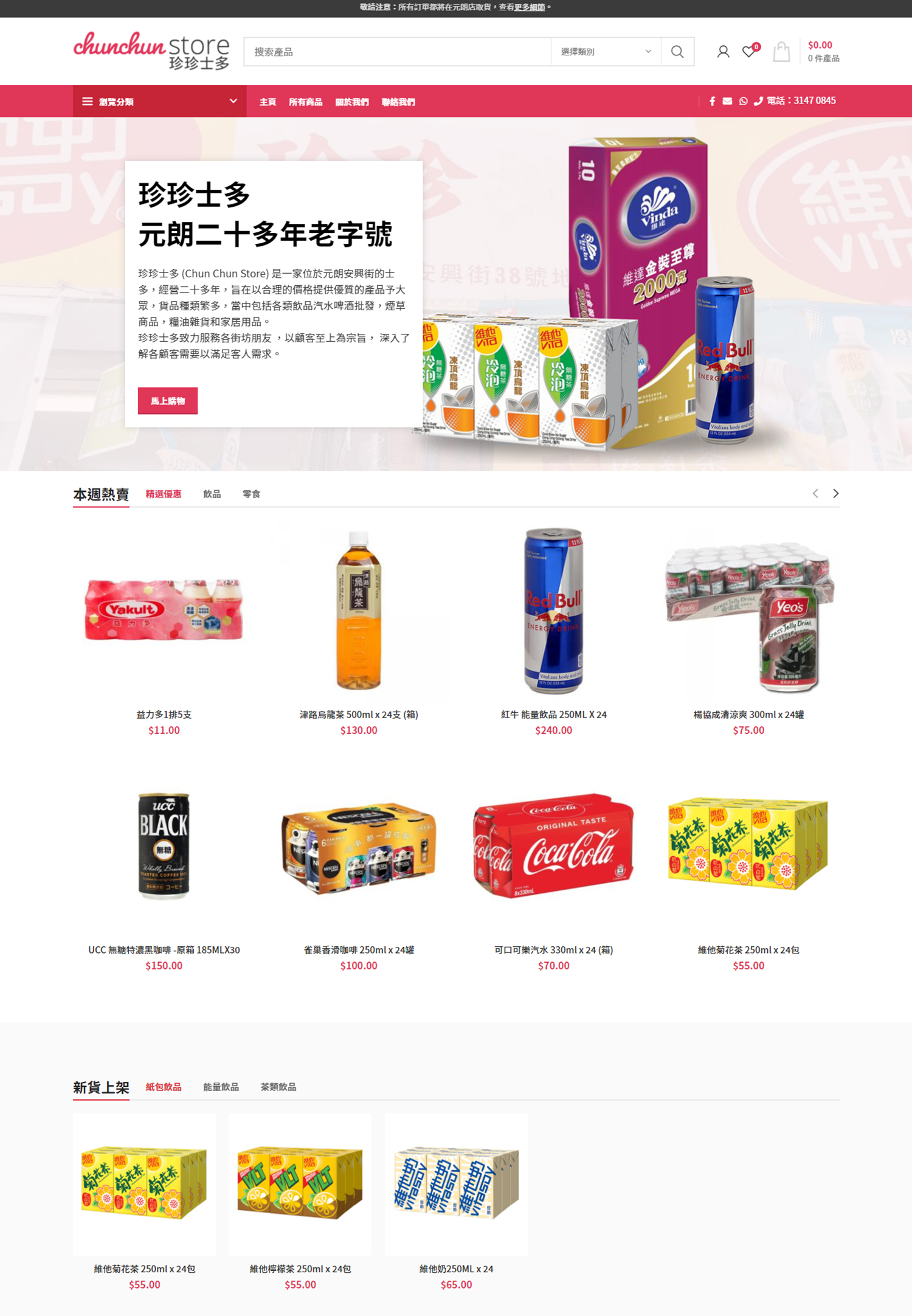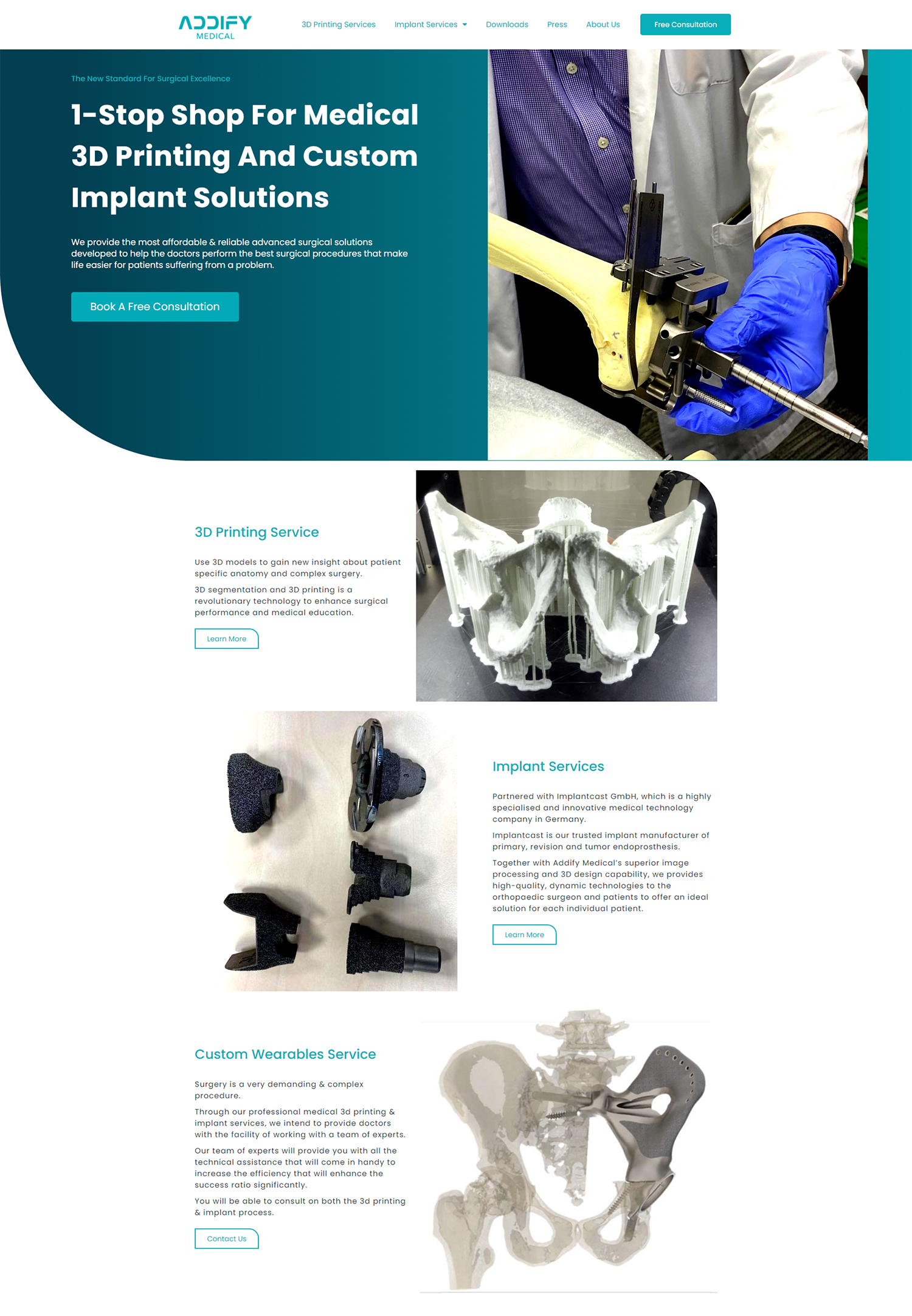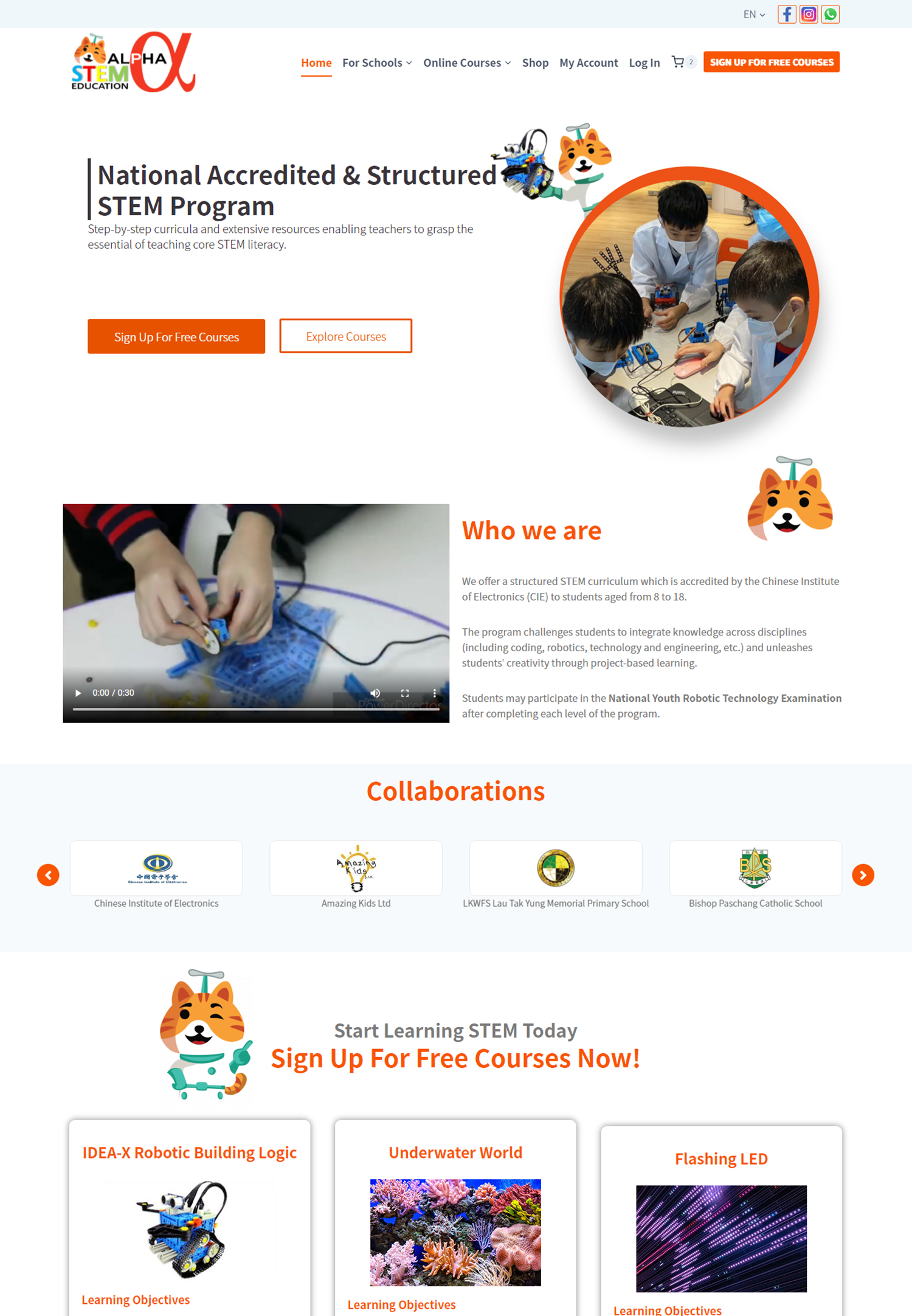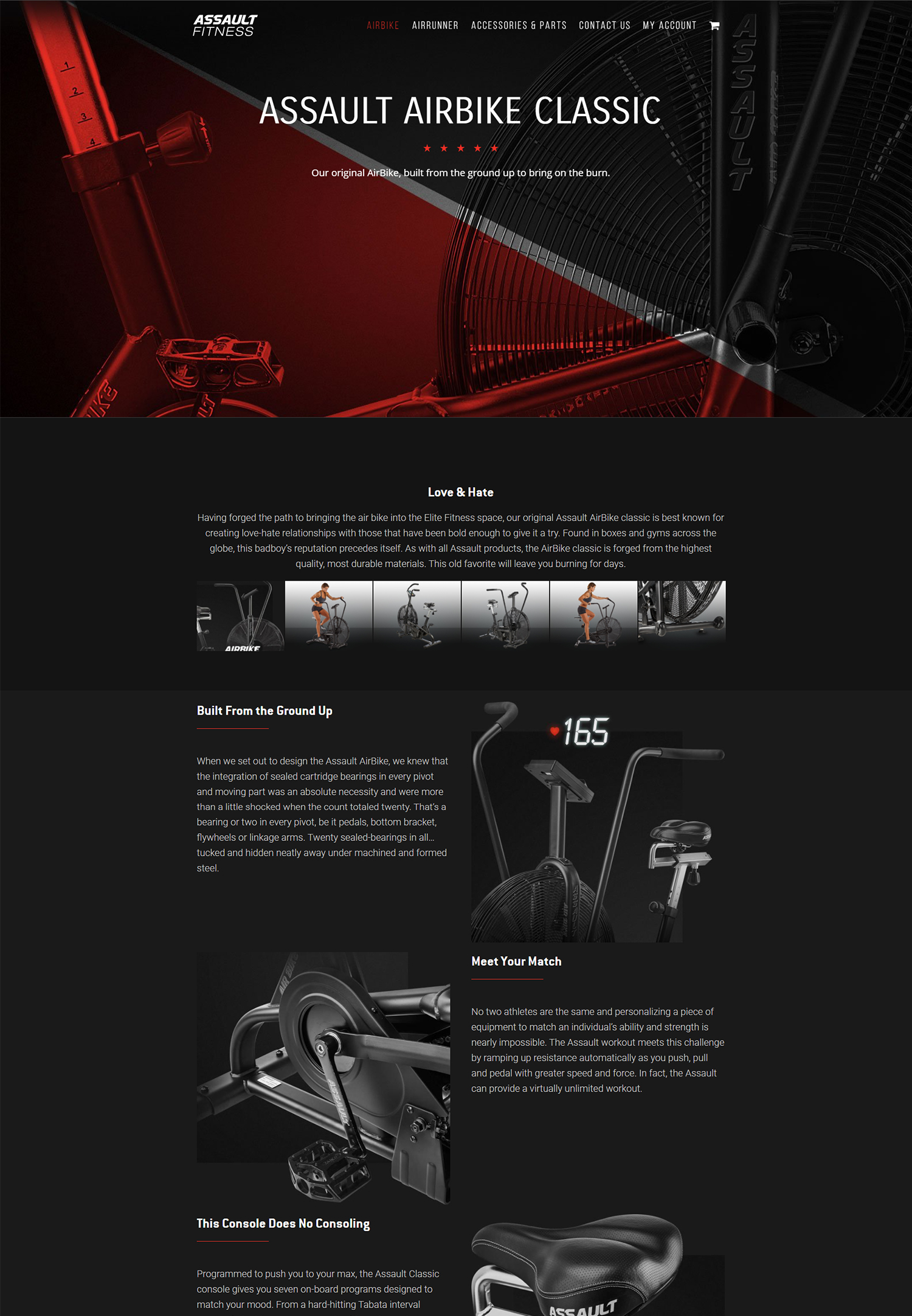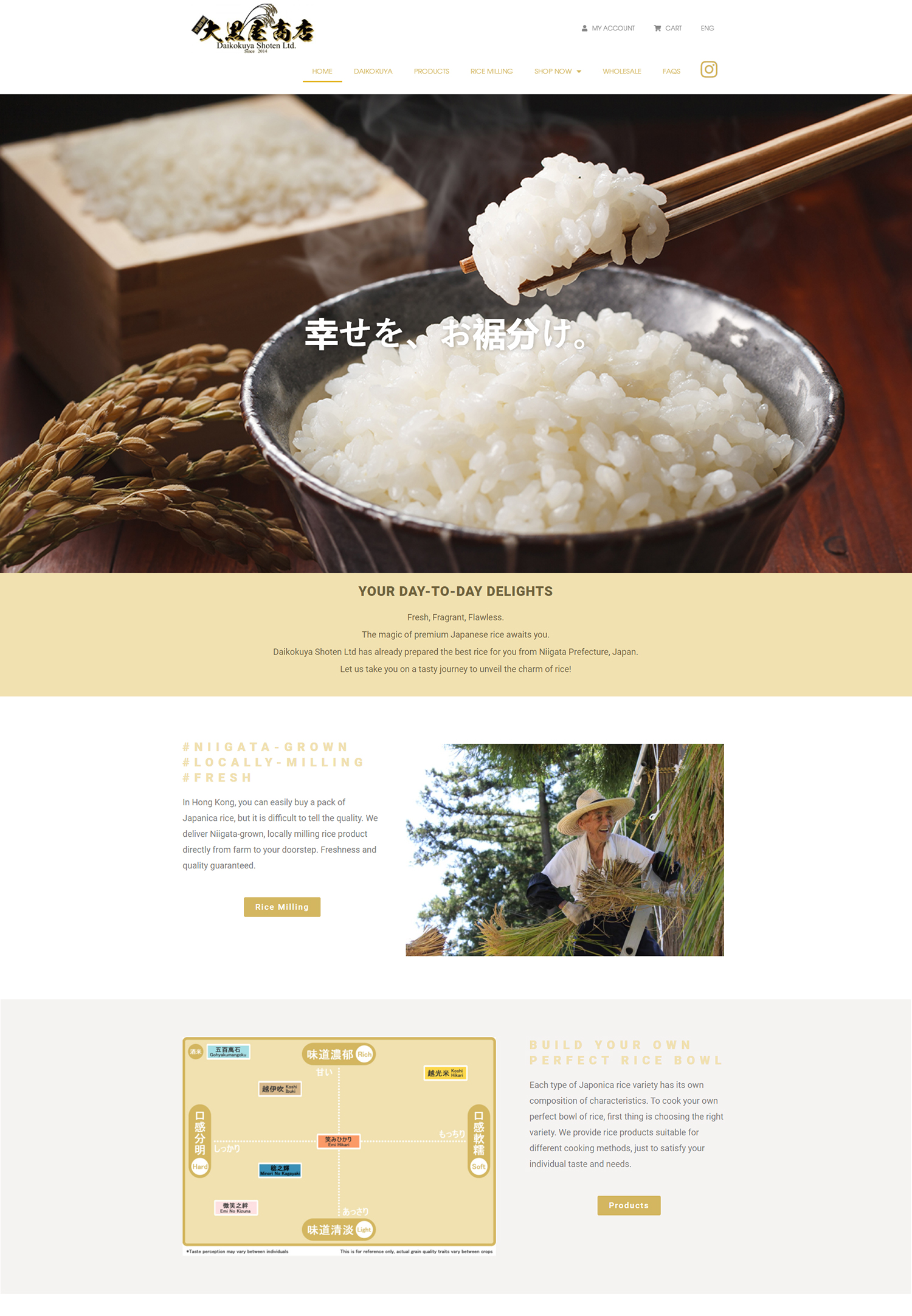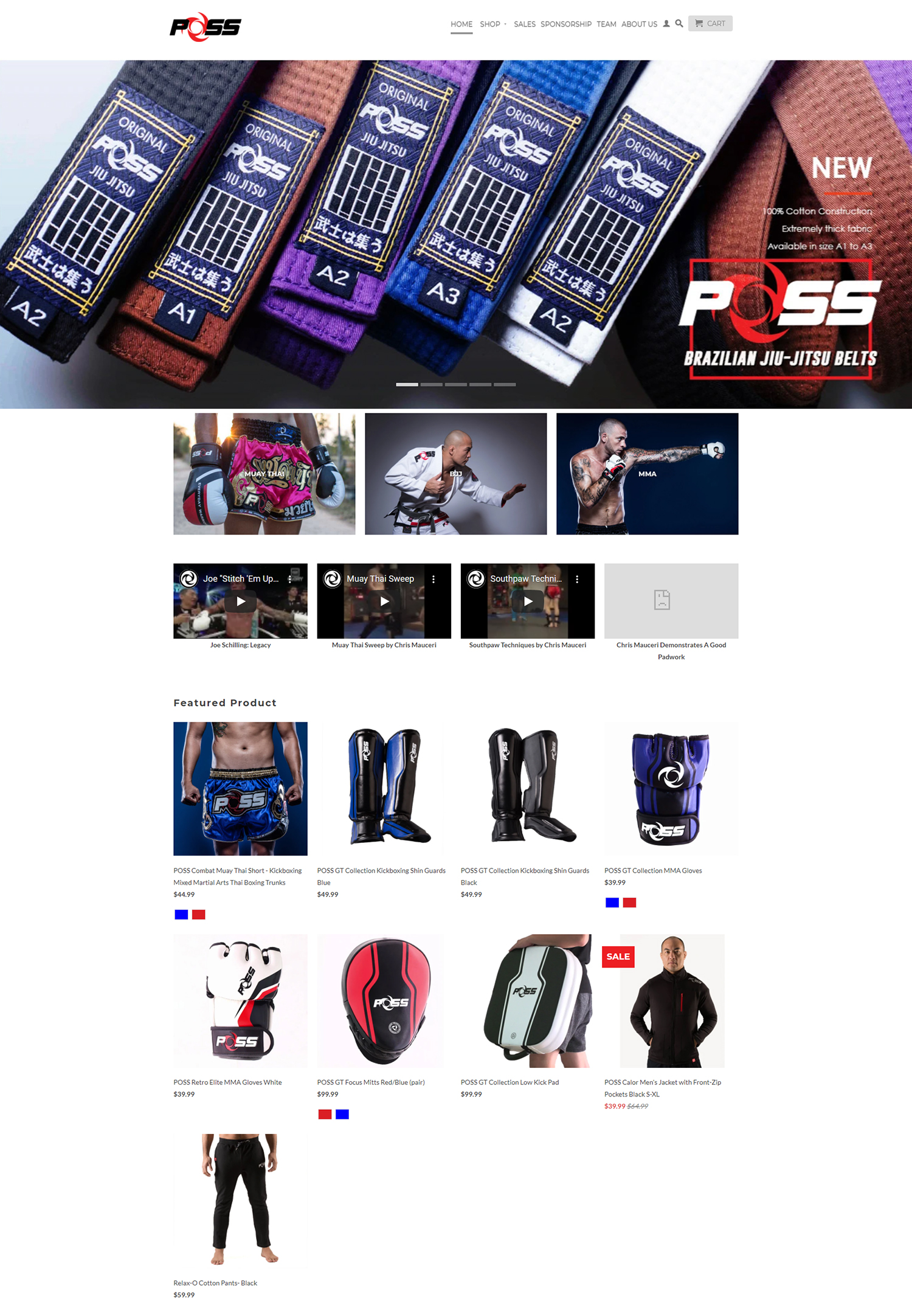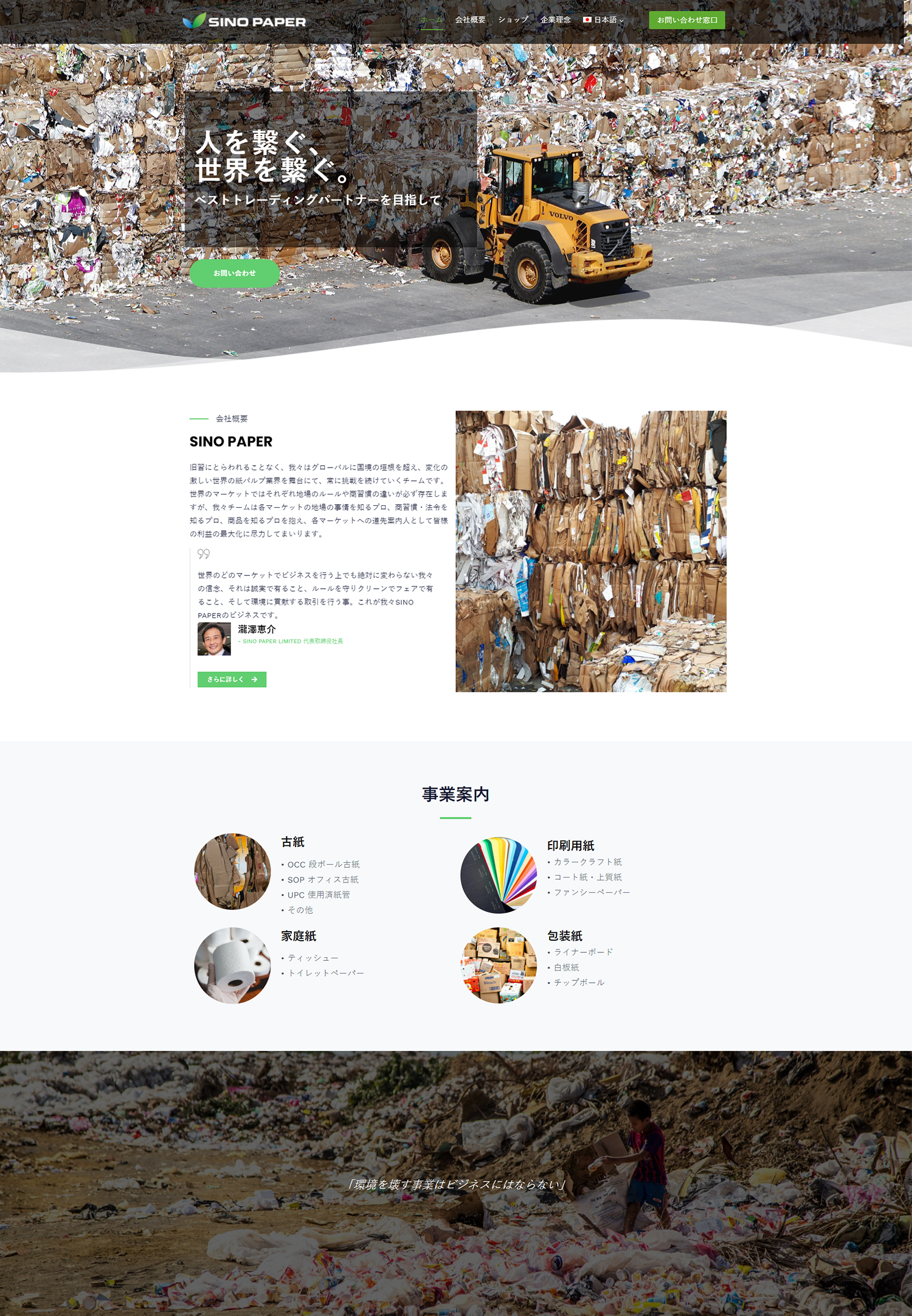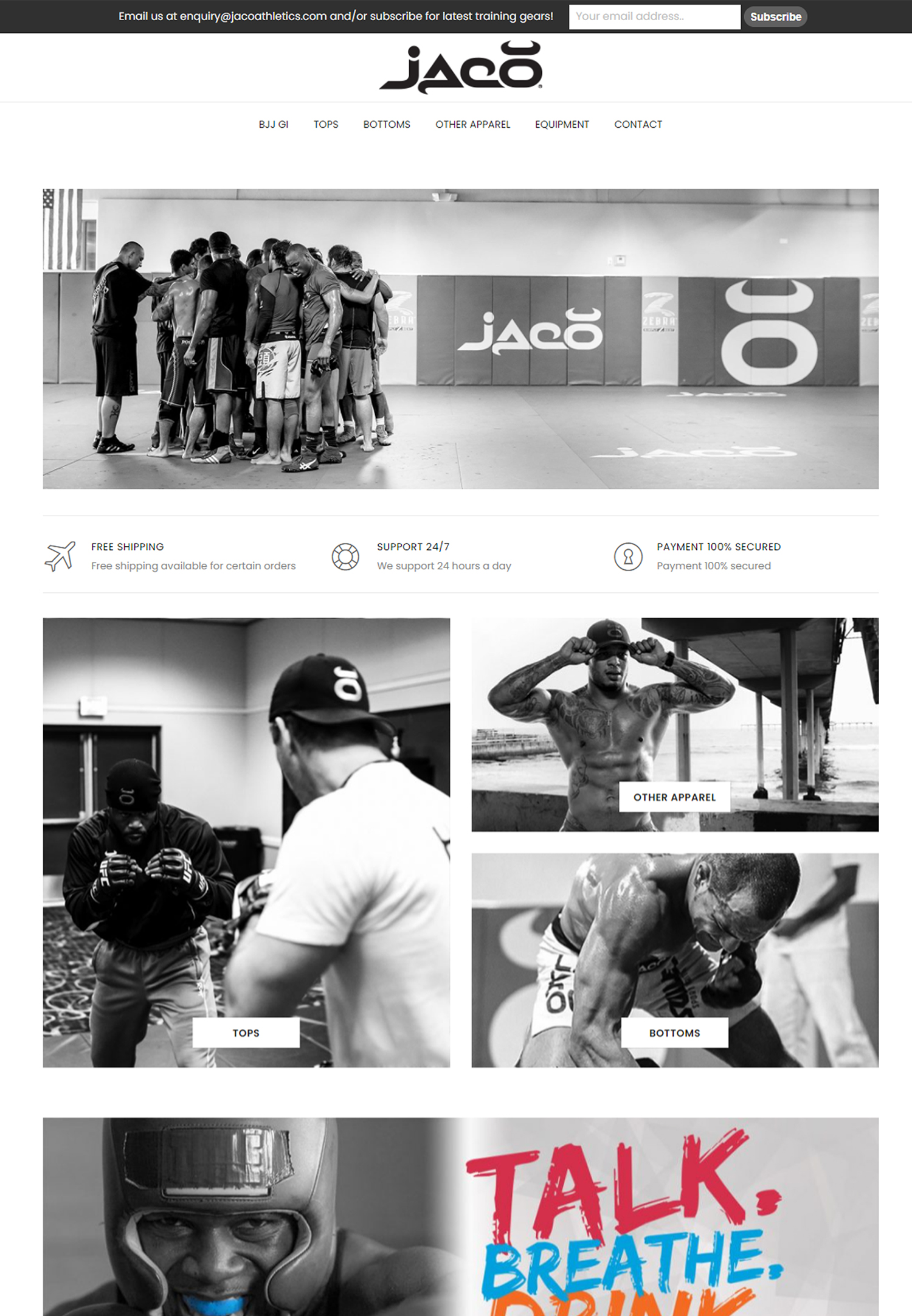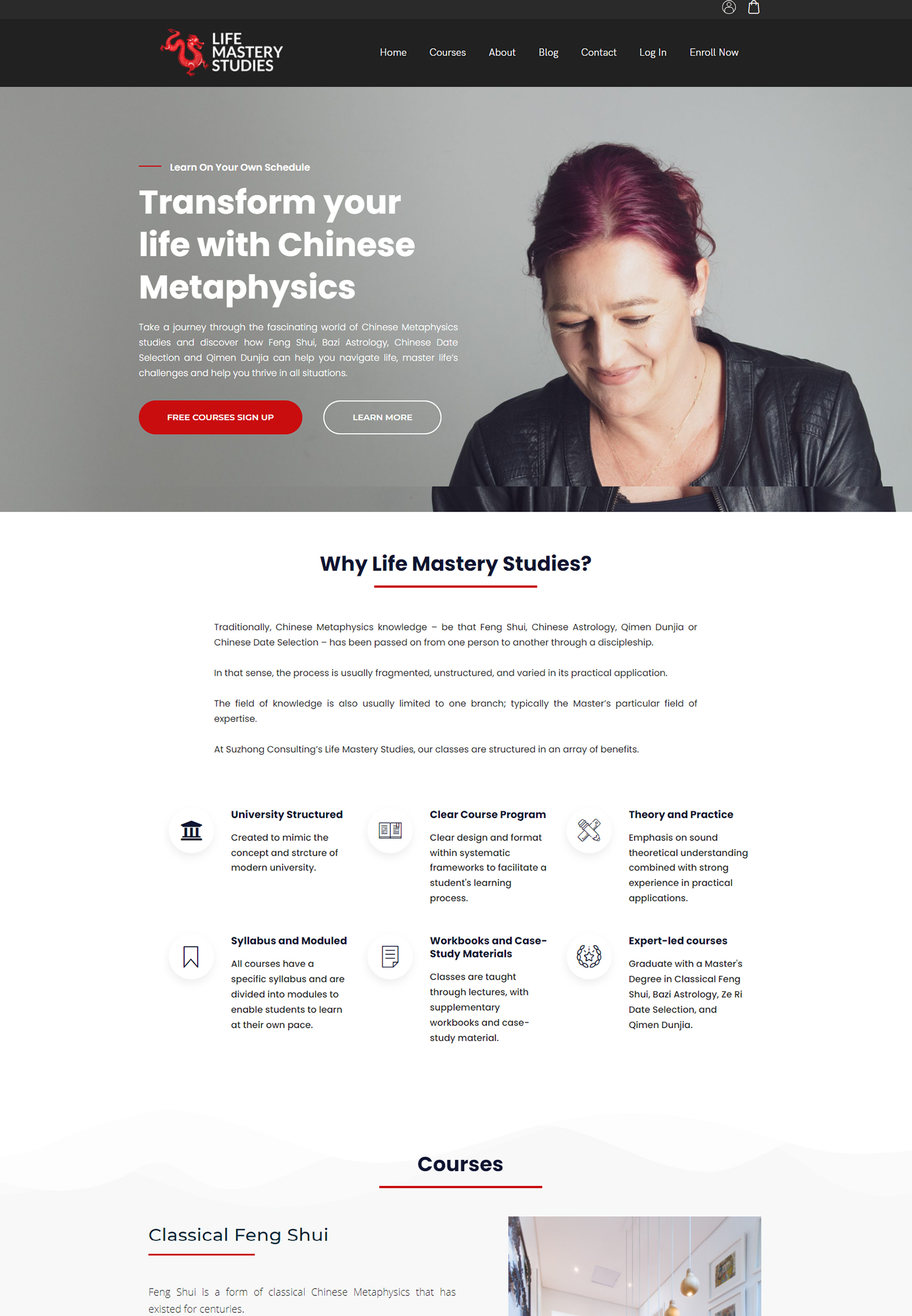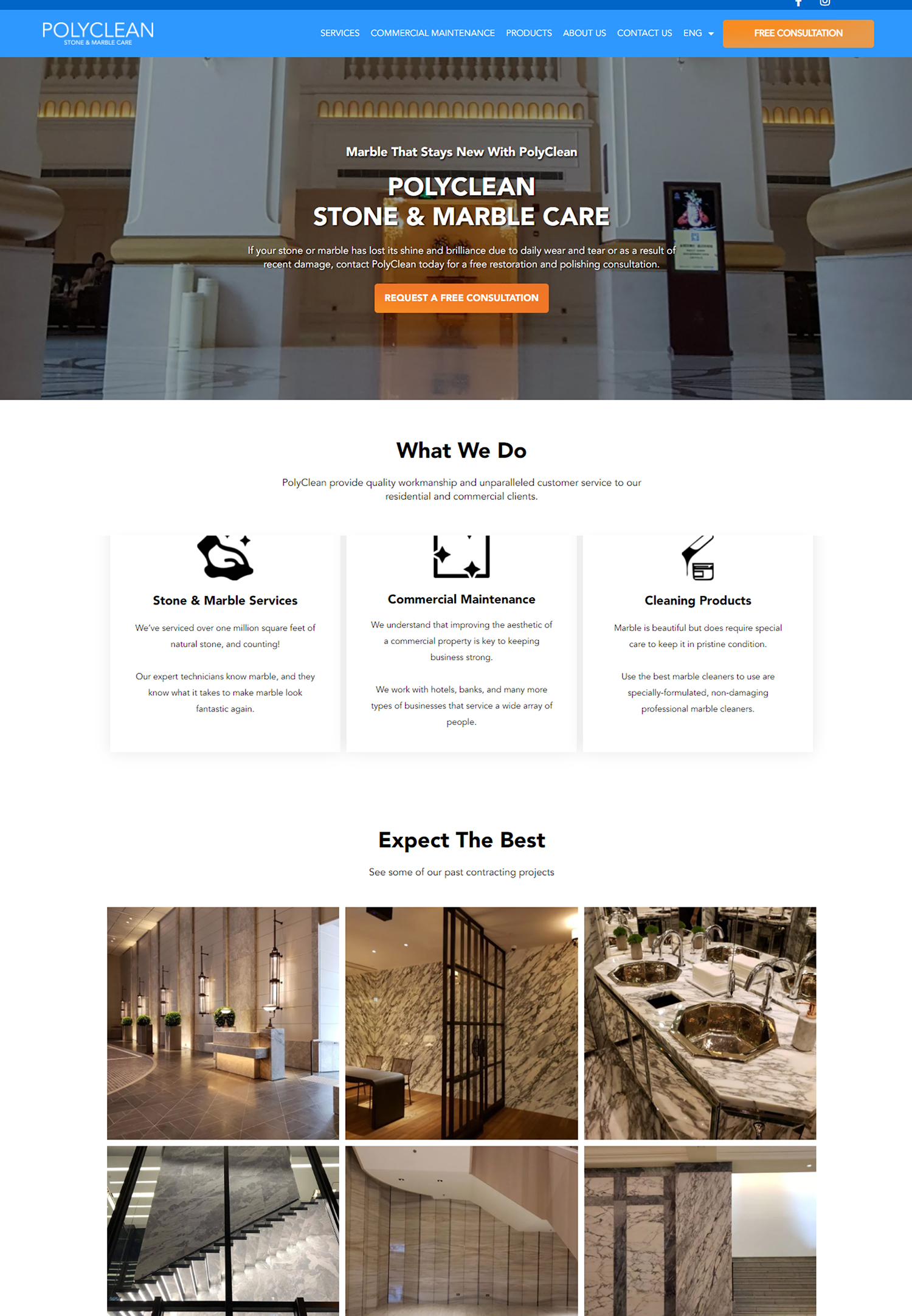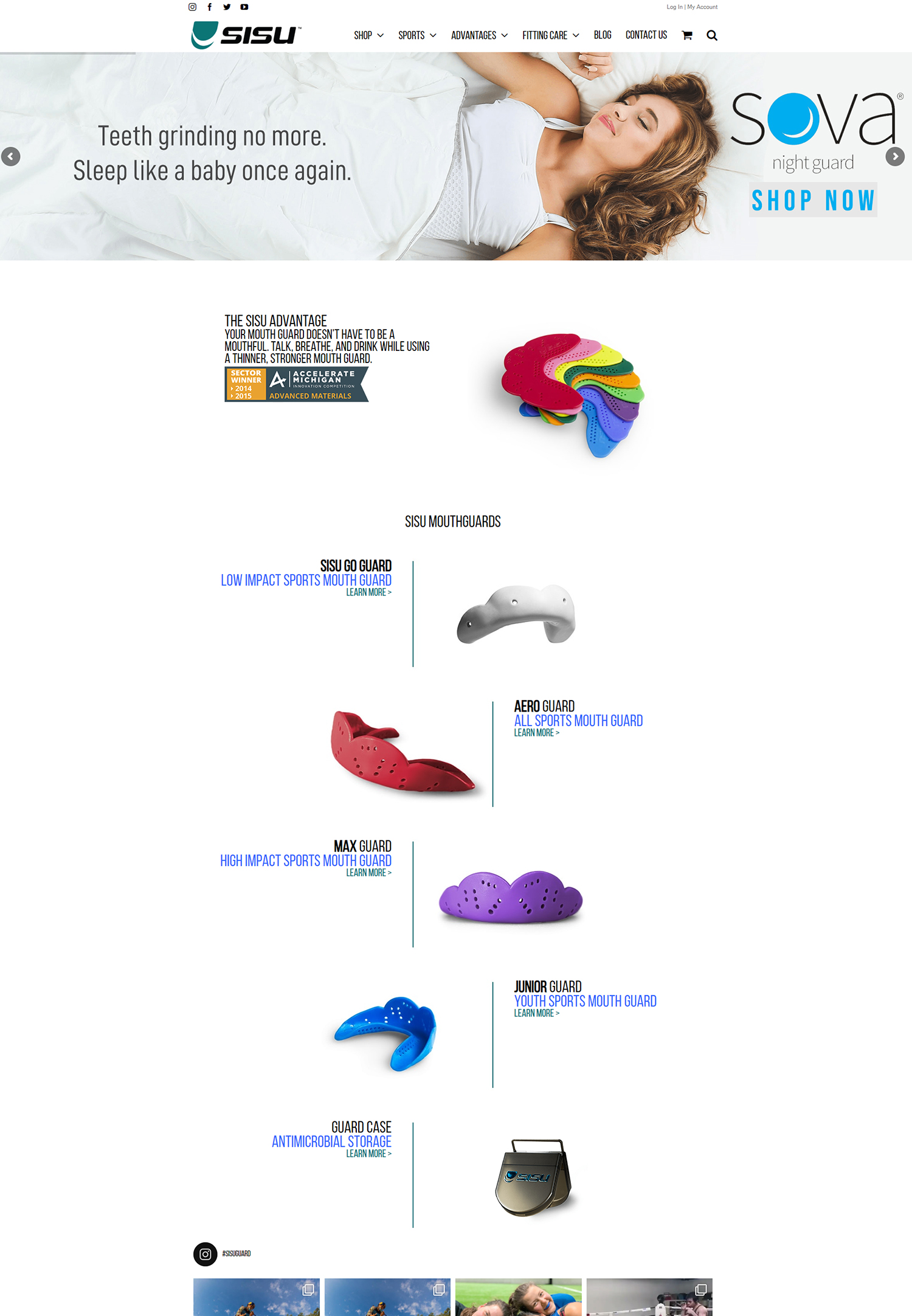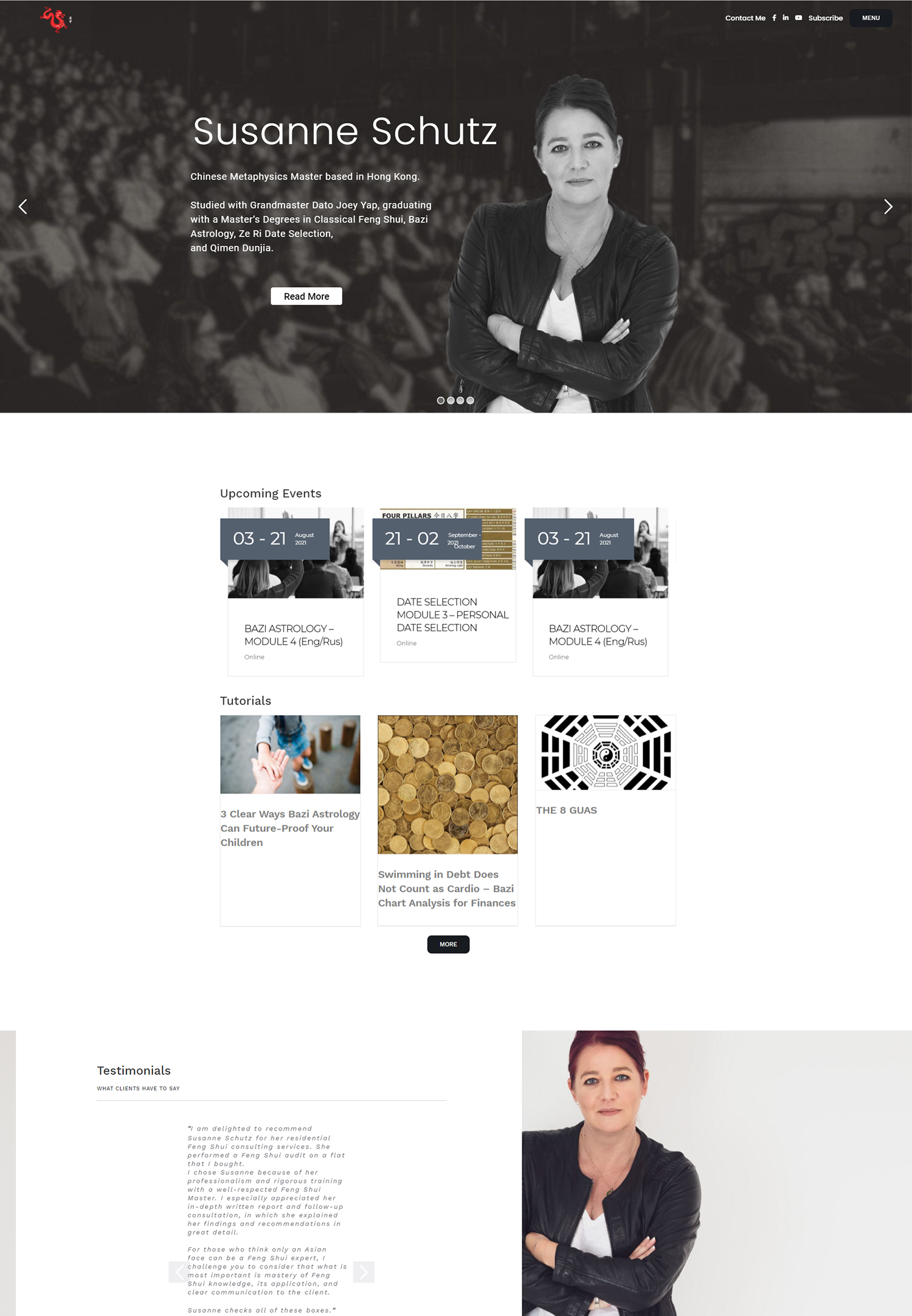Remarketing, also known as retargeting, is a digital marketing strategy that involves targeting ads to individuals who have previously interacted with your website or brand. It works by placing a tracking pixel on your website, which then allows you to show targeted ads to those visitors as they browse other websites or social media platforms.
The importance of remarketing in digital marketing cannot be overstated. It allows you to stay top-of-mind with potential customers who have already shown interest in your products or services. By targeting these individuals with relevant ads, you can increase the likelihood of converting them into paying customers.
The Benefits of Remarketing: Boosting Conversions and ROI
One of the key benefits of remarketing is its ability to boost conversion rates. When someone visits your website but doesn’t make a purchase or complete a desired action, remarketing allows you to remind them of what they were interested in and encourage them to take the next step. Studies have shown that remarketing can lead to significantly higher conversion rates compared to other forms of advertising.
In addition to increased conversions, remarketing also offers a higher return on investment (ROI) compared to traditional advertising methods. Since you are targeting individuals who have already shown interest in your brand, the likelihood of them converting is higher. This means that your ad spend is more likely to result in actual sales or leads, leading to a better RO
Remarketing also helps improve brand awareness and customer loyalty. By consistently showing relevant ads to individuals who have interacted with your brand, you can reinforce your messaging and create a stronger connection with your audience. This can lead to increased brand recognition and loyalty, as well as repeat purchases from existing customers.
Understanding Your Audience: How to Segment and Target Your Ads
To effectively utilize remarketing, it’s important to understand your target audience and segment them based on their behavior and interests. This allows you to create more personalized and relevant ads that resonate with each segment.
Start by identifying your target audience. Who are your ideal customers? What are their demographics, interests, and behaviors? By understanding who you are targeting, you can create ads that speak directly to their needs and desires.
Next, segment your audience based on their behavior and interests. For example, you can create segments for individuals who have abandoned their shopping carts, those who have made a purchase in the past, or those who have visited specific pages on your website. By segmenting your audience, you can tailor your ads to each group’s specific needs and preferences.
Once you have segmented your audience, it’s time to target your ads to specific segments. This can be done through various ad platforms, such as Google Ads, Facebook Ads, LinkedIn Ads, or Twitter Ads. Each platform offers different targeting options, allowing you to reach the right audience with the right message.
Crafting Compelling Ad Copy: Tips for Writing Effective Remarketing Ads
When it comes to writing effective remarketing ads, there are a few key tips to keep in mind. First, focus on writing attention-grabbing headlines. Your headline should be compelling and make the viewer want to learn more. Use strong language and emphasize the benefits of your product or service.
Next, highlight your unique selling points. What sets your brand apart from the competition? Why should someone choose your product or service? Make sure to communicate these unique selling points in your ad copy to capture the viewer’s attention and differentiate yourself from others.
Lastly, use persuasive language and include clear calls-to-action. Your ad copy should encourage the viewer to take action, whether it’s making a purchase, signing up for a newsletter, or contacting your business. Use strong verbs and create a sense of urgency to drive conversions.
Designing Eye-Catching Ad Creatives: Best Practices for Visuals and Layouts
In addition to compelling ad copy, the design of your remarketing ads plays a crucial role in capturing the viewer’s attention. Start by choosing the right images and graphics. Use high-quality visuals that are relevant to your brand and product. Avoid clutter and make sure the images are visually appealing and eye-catching.
Next, create a clear and concise layout. Keep your ad design simple and easy to understand. Use white space effectively to draw attention to your key message and call-to-action. Make sure the text is legible and easy to read, even on smaller screens.
Incorporate branding elements into your ad creatives. Use your brand colors, logo, and fonts to create a consistent look and feel across all your remarketing ads. This helps reinforce your brand identity and makes your ads more recognizable to your audience.
Choosing the Right Ad Platforms: Where to Place Your Remarketing Ads
When it comes to placing your remarketing ads, there are several ad platforms to consider. Google Ads is one of the most popular platforms for remarketing, as it allows you to reach a wide audience across various websites and search results. You can create display ads or text ads that appear on relevant websites or in search results when someone searches for keywords related to your business.
Facebook Ads is another powerful platform for remarketing. With over 2 billion active users, Facebook offers a vast audience for targeting your ads. You can create custom audiences based on website visitors, email subscribers, or specific behaviors on your website. Facebook also offers a variety of ad formats, including image ads, video ads, carousel ads, and more.
LinkedIn Ads is a great option for B2B businesses looking to target professionals in specific industries or job roles. With LinkedIn’s robust targeting options, you can reach decision-makers and influencers in your target market. LinkedIn offers various ad formats, including sponsored content, text ads, and dynamic ads.
Twitter Ads is another platform to consider for remarketing. With Twitter’s large user base and real-time nature, you can reach a wide audience and engage with them in real-time. Twitter offers various ad formats, including promoted tweets, promoted accounts, and promoted trends.
Tracking and Measuring Success: Metrics to Monitor and Optimize Your Campaigns
To ensure the success of your remarketing campaigns, it’s important to track and measure key metrics. This allows you to optimize your campaigns and make data-driven decisions.
One important metric to monitor is click-through rates (CTR). CTR measures the percentage of people who click on your ads after seeing them. A high CTR indicates that your ads are resonating with your audience and driving engagement.
Conversion rates are another important metric to track. Conversion rate measures the percentage of people who complete a desired action, such as making a purchase or filling out a form, after clicking on your ads. By monitoring conversion rates, you can determine the effectiveness of your remarketing campaigns in driving actual results.
Cost per acquisition (CPA) is a metric that measures the cost of acquiring a new customer or lead. By tracking CPA, you can determine how much you are spending to acquire each new customer or lead. This allows you to optimize your campaigns and allocate your budget more effectively.
Return on ad spend (ROAS) is a metric that measures the revenue generated from your ad spend. It calculates the ratio of revenue generated to the amount spent on advertising. By tracking ROAS, you can determine the profitability of your remarketing campaigns and make adjustments as needed.
Personalizing the User Experience: How to Utilize Dynamic Remarketing
Dynamic remarketing takes personalization to the next level by customizing ads based on user behavior. It allows you to show specific products or services that a user has previously viewed or shown interest in. This level of personalization can significantly increase the effectiveness of your remarketing campaigns.
One way to utilize dynamic remarketing is by customizing ads based on user behavior. For example, if a user has added a product to their shopping cart but didn’t complete the purchase, you can show them an ad that reminds them of the product and offers a discount or incentive to complete the purchase.
Another way to use dynamic remarketing is by using dynamic product ads. These ads automatically generate personalized ads based on the products or services that a user has previously viewed. This allows you to show highly relevant ads that are tailored to each individual’s interests and preferences.
Incorporating personalized recommendations is another effective way to utilize dynamic remarketing. By analyzing a user’s browsing history and purchase behavior, you can recommend related products or services that they may be interested in. This helps create a more personalized user experience and increases the likelihood of conversion.
Timing and Frequency: Finding the Sweet Spot for Remarketing Ads
When it comes to timing and frequency, finding the right balance is crucial. You want to show your remarketing ads at the right time and frequency to avoid ad fatigue and annoyance.
Determining the optimal frequency of ads depends on your target audience and their behavior. Some individuals may be more receptive to seeing your ads multiple times, while others may find it annoying. It’s important to monitor engagement metrics, such as CTR and conversion rates, to determine the optimal frequency for your remarketing ads.
Timing your ads based on user behavior can also significantly impact their effectiveness. For example, if a user has recently visited your website but didn’t make a purchase, showing them an ad shortly after their visit can help remind them of your brand and encourage them to take action. On the other hand, if a user has already made a purchase, showing them an ad for the same product may not be as effective.
To avoid ad fatigue, it’s important to rotate your ad creatives and test different variations. This helps keep your ads fresh and prevents users from becoming bored or annoyed with seeing the same ad over and over again.
Staying Ahead of the Game: Emerging Trends and Innovations in Remarketing
As technology continues to evolve, there are several emerging trends and innovations in remarketing that marketers should be aware of.
Artificial intelligence (AI) and machine learning are playing an increasingly important role in remarketing. These technologies allow marketers to analyze large amounts of data and make real-time decisions based on user behavior. AI can help optimize ad targeting, personalize ad creatives, and predict user behavior, leading to more effective remarketing campaigns.
Cross-device remarketing is another trend to watch. With the rise of mobile devices and multiple screens, users are often switching between devices throughout their customer journey. Cross-device remarketing allows you to target individuals across different devices, ensuring that your ads reach them at the right time and place.
Video remarketing is also becoming more popular. Video ads have proven to be highly engaging and effective in capturing attention. By incorporating video into your remarketing campaigns, you can create more immersive and memorable experiences for your audience.
Voice search and smart speakers are another emerging trend in remarketing. As more people use voice assistants like Siri, Alexa, or Google Assistant, it’s important to optimize your remarketing ads for voice search. This includes using conversational language and optimizing your website for voice search queries.
Conclusion: Recap of the importance and benefits of remarketing, and encouragement to implement these strategies in your digital marketing campaigns.
In conclusion, remarketing is a powerful strategy that can significantly boost conversions, increase ROI, and improve brand awareness and customer loyalty. By targeting individuals who have already shown interest in your brand, you can create personalized and relevant ads that resonate with your audience.
To effectively utilize remarketing, it’s important to understand your target audience, segment them based on their behavior and interests, and target your ads to specific segments. Crafting compelling ad copy and designing eye-catching ad creatives are also crucial for capturing the viewer’s attention.
Choosing the right ad platforms, tracking and measuring key metrics, utilizing dynamic remarketing, and finding the right timing and frequency for your ads are all important considerations for successful remarketing campaigns.
Finally, staying ahead of the game by embracing emerging trends and innovations in remarketing can give you a competitive edge and help you reach your marketing goals. By implementing these strategies in your digital marketing campaigns, you can maximize the effectiveness of your remarketing efforts and drive better results.
If you’re looking to increase online sales for your ecommerce business, you may also be interested in learning about how to generate leads with WordPress. This article provides valuable insights and strategies on how to effectively capture leads and convert them into paying customers. By implementing these lead generation techniques, you can optimize your website’s performance and drive more sales. Check out the article here for more information.
FAQs
What is remarketing?
Remarketing is a digital marketing strategy that involves targeting people who have previously interacted with your brand or website with ads that are tailored to their interests and behavior.
Why is remarketing important?
Remarketing is important because it allows you to reach people who have already shown an interest in your brand or products, which can lead to higher conversion rates and a better return on investment for your ad campaigns.
What are some common remarketing strategies?
Some common remarketing strategies include targeting people who have abandoned their shopping carts, targeting people who have visited specific pages on your website, and targeting people who have previously made a purchase from your brand.
What are some best practices for remarketing?
Some best practices for remarketing include using dynamic ads that are tailored to the user’s behavior, setting frequency caps to avoid overwhelming users with too many ads, and using retargeting lists to segment your audience and deliver more relevant ads.
What are some tools for remarketing?
Some tools for remarketing include Google Ads, Facebook Ads, and AdRoll. These platforms allow you to create and manage remarketing campaigns, track performance, and optimize your ads for better results.





